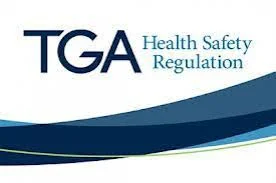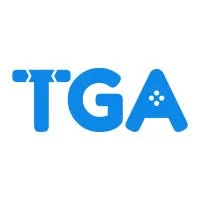Supplying medical devices in Australia requires adherence to strict regulations and processes to ensure safety, efficacy, and compliance. In this blog post, we will provide a comprehensive guide on how to supply medical devices in Australia, covering the necessary steps, regulatory requirements, and best practices. As a reputable company, Kingsmead is committed to supporting manufacturers and suppliers in navigating the complexities of the Australian medical device market.
1.Understanding the Regulatory Landscape
Before entering the Australian medical device market, it is essential to familiarize yourself with the regulatory landscape. The Therapeutic Goods Administration (TGA) is the regulatory authority responsible for overseeing medical devices in Australia. The TGA sets out the regulatory framework, guidelines, and standards that must be followed to ensure compliance.

2.Classifying Medical Devices
Medical devices are classified into different risk categories based on their intended use and potential impact on patient safety. The TGA classifies medical devices into four classes: Class I, Class IIa, Class IIb, and Class III. Understanding the classification of your medical device is crucial, as it determines the level of regulatory requirements and conformity assessment procedures.
3.Conformity Assessment
Conformity assessment is a critical step in supplying medical devices in Australia. The TGA requires manufacturers to demonstrate conformity with the Essential Principles of Safety and Performance. This can be achieved through self-assessment, certification by a recognized conformity assessment body, or inclusion on the Australian Register of Therapeutic Goods (ARTG).
4.Preparing Technical Documentation
To supply medical devices in Australia, manufacturers must prepare comprehensive technical documentation that demonstrates compliance with the TGA's requirements. This documentation should include details of the device's design, manufacturing processes, labeling, instructions for use, clinical evidence supporting safety and performance, and any relevant risk management plans.
5.ARTG Listing
Inclusion on the Australian Register of Therapeutic Goods (ARTG) is a crucial step in supplying medical devices in Australia. The ARTG is a publicly accessible database that lists all therapeutic goods, including medical devices, that have been evaluated and authorized for supply in the Australian market. Manufacturers must apply for inclusion on the ARTG and provide the necessary information and evidence to support their application.

6.Labelling and Advertising Compliance
Labelling and advertising of medical devices must comply with the TGA's requirements to ensure accurate and appropriate information is provided to users and healthcare professionals. This includes ensuring that labeling is clear, legible, and includes essential information such as device identification, instructions for use, warnings, and precautions. Advertisements must not be misleading or make false claims about the device's safety or efficacy.
7.Post-Market Obligations
Once a medical device is supplied in Australia, ongoing compliance with regulatory requirements is necessary. This includes post-market surveillance activities such as monitoring adverse events, conducting product recalls if necessary, and addressing any non-compliance issues that arise. Manufacturers must also keep their technical documentation up to date and notify the TGA of any changes to the device or its intended use.
8.Engaging with an Australian Sponsor
For companies based outside Australia, engaging with an Australian sponsor can streamline the process of supplying medical devices in the country. An Australian sponsor can act as a local representative and assist with regulatory compliance, including communication with the TGA, post-market surveillance, and reporting obligations. Kingsmead, a trusted company in the industry, provides comprehensive sponsorship services to support manufacturers and suppliers in navigating the Australian market.

Conclusion
Supplying medical devices in Australia requires thorough understanding and compliance with the regulatory requirements set by the TGA. By following the steps outlined in this guide, manufacturers and suppliers can navigate the complexities of the Australian medical device market and ensure the safe and effective supply of their products. Kingsmead, with its expertise and commitment to regulatory compliance, is your trusted partner in successfully supplying medical devices in Australia.

